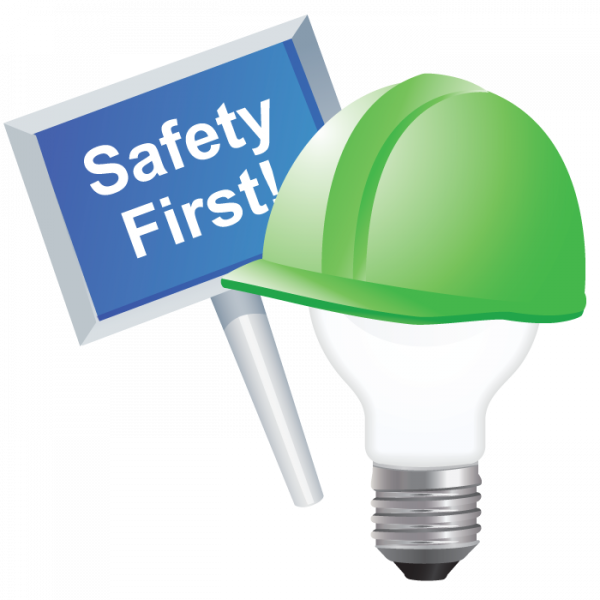 Workers have the right to information under OSHA. This includes:
Workers have the right to information under OSHA. This includes:
-
Be protected from toxic chemicals
-
Receive workplace safety and health training in a language you understand
-
Records of work-related injuries and illnesses (OSHA 300 Log),
-
Results of workplace monitoring for health hazards (chemicals, for example),
-
Workers’ medical records obtained by the employer, and
-
Information about chemicals in the workplace (Safety Data Sheets)
-
Report an injury or illness, and get copies of your medical records; speak to your union representative first if you are a member of a local union
-
Request an OSHA inspection, and speak to the inspector; speak to your union representative first if you are a member of a local union
-
Receive required safety equipment, such as gloves or a harness and lifeline for falls
Chemicals in the workplace can be safety or health hazards and are covered under the Occupational Safety & Health Administration’s Hazard Communication standard. This standard, also known as HAZCOM, requires that employers provide information and training to workers who may be exposed to toxic or hazardous chemicals at work. The standard requires employers to communicate with employees about hazardous substances in four ways:
-
Safety Data Sheets (SDS): These are information sheets that employers must have available to workers for every chemical in the workplace. They include characteristics, safety hazards, health hazards, control measures, first aid procedures and manufacturer information.
-
Labeling: Employers must label all containers of chemicals with the chemical name and appropriate hazard warnings.
-
Training: The training must include names of chemicals, safety & health hazards, labeling, procedures to protect workers from exposure, labeling, the OSHA standard and the employer’s written hazard communication program. The training must also be done in a language workers can understand.
-
Written Hazard Communication Program: Employers must have a written plan that explains how that employer will comply with all of the requirements of the HazCom standard. It also must include a list of all of the hazardous materials on site.
In 2012 OSHA revised HazCom to include the Globally Harmonized System for Classification and Labeling (GHS) of chemicals. ChemHAT includes all of the new pictograms that are part of GHS.
Workplaces covered under the Mine Safety & Health Administration (MSHA) have a similar HazCom rule to follow that includes these four components.
Workers’ Rights Under the National Labor Relations Act (NLRA)
Workers who have a union in private-sector workplaces are covered under the NLRA and have additional rights related directly to health and safety. Workplace rules and policies about health and safety are a mandatory subject of bargaining, which means that management must negotiate with the local union before implementing changes that will affect the health and safety of workers (unless explicitly waived in the contract). Local unions must make a timely written request to bargain over these issues.
A local union also has the right to information concerning subjects of bargaining. The local union can submit an information request for relevant documents including accident/incident reports, health and safety inspection records, information on workers’ compensation claims, and copies of any reports or studies by the employer or consultants.
Most workers who are not considered a government employee or a contractor are covered under the NLRA. Check out the National Labor Relations Board's (NLRB) Employee's Rights page.
This material is adapted from a factsheet by the United Steelworkers Health, Safety & Environment Department (http://www.usw.org/resources/hse).


